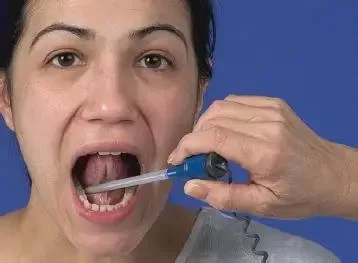
Why Checking Oral Temperature Matters
Monitoring your body temperature is a crucial step in assessing health, especially when feeling unwell. Oral temperature is one of the most common and reliable methods to detect fever or infection. In the United States, oral temperature measurement is widely recommended by healthcare providers due to its balance of accuracy and convenience.
Whether for daily health checks or during illness, knowing how to properly check oral temperature helps you make informed decisions about medical care and prevention.
Understanding Oral Temperature and Its Significance
What Is Oral Temperature?
Oral temperature refers to the body temperature taken by placing a thermometer in the mouth, under the tongue. It reflects the core body temperature, providing an accurate measure of your internal heat level.
When Should You Check Oral Temperature?
Checking oral temperature is vital when you suspect a fever due to symptoms like chills, sweating, headache, or fatigue. It also serves as a routine health check during flu seasons or illness outbreaks.
Step-by-Step Guide to Checking Oral Temperature Correctly
1. Prepare the Thermometer
Use a digital oral thermometer for quick and precise results. Clean the thermometer with alcohol or warm soapy water before use to avoid contamination.
2. Positioning the Thermometer
Place the thermometer under the tongue, towards the back of the mouth, and close your lips gently around it. Avoid biting the thermometer to prevent damage and inaccurate readings.
3. Wait for the Reading
Keep the thermometer in place without talking or moving for the time recommended by the device—usually about 30 to 60 seconds.
4. Read and Record the Temperature
Remove the thermometer and read the display immediately. Note the temperature and clean the device again before storing.
Tips for Accurate Oral Temperature Measurement
Ensure No Eating or Drinking Before Measurement
Avoid hot or cold beverages, smoking, or chewing gum for at least 15 minutes before taking the temperature to prevent false readings.
Maintain Proper Thermometer Placement
The thermometer must be placed correctly under the tongue in the sublingual pocket to capture the most accurate temperature.
Use a Reliable Thermometer
Digital thermometers designed for oral use provide consistent results compared to older mercury models.
Common Mistakes and How to Avoid Them
Incorrect Placement
Placing the thermometer too far forward or on the tongue’s tip can give inaccurate results.
Talking or Moving During Measurement
Movement or talking can lower the reading and reduce accuracy.
Not Waiting Long Enough
Removing the thermometer too soon might not allow the device to stabilize, leading to unreliable readings.
Real-Life Story: How Oral Temperature Monitoring Helped Detect Early Illness
Sarah, a mother of two in New York, noticed her children feeling lethargic but unsure if they had a fever. By regularly checking their oral temperatures at home with a digital thermometer, she caught early signs of infection and sought timely medical care. This proactive approach prevented worsening symptoms and hospital visits, highlighting the importance of knowing how to check oral temperature accurately.
When to Seek Medical Advice Based on Oral Temperature
A sustained oral temperature above 100.4°F (38°C) typically indicates fever and warrants attention. Seek medical advice if accompanied by severe symptoms such as difficulty breathing, persistent vomiting, or confusion.
Regular monitoring at home helps track illness progression and informs healthcare decisions effectively.
Additional Health Monitoring Tips
Alongside oral temperature, keep an eye on other vital signs such as pulse and respiratory rate. Maintaining hydration and rest supports recovery from fever or infection.
Where to Get Reliable Oral Thermometers and Support
For those seeking quality thermometers and health advice, Dentistry Toothtruth provides expert recommendations and access to trusted products. Their resources assist in maintaining accurate health monitoring at home with confidence.


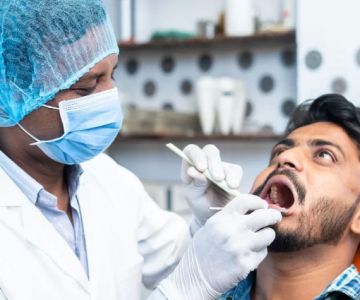
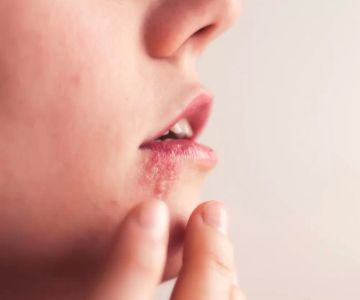
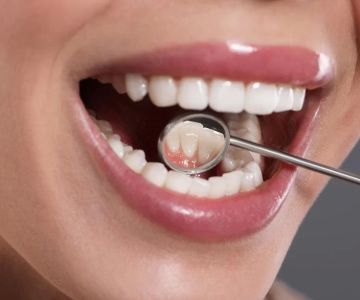
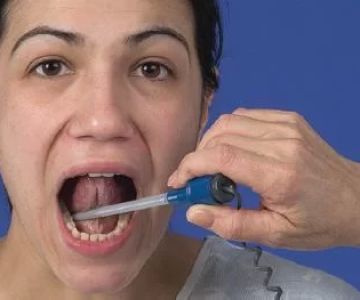
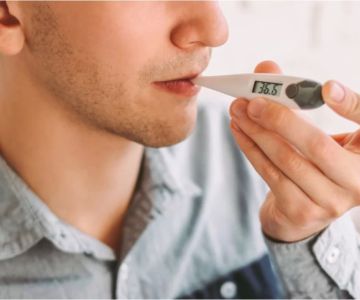
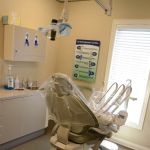 Ethos Dental Group4.0 (37 review)
Ethos Dental Group4.0 (37 review) Aria Dental4.0 (261 review)
Aria Dental4.0 (261 review) David G. Jones, DDS - TMJ Treatment Atlanta3.0 (2 review)
David G. Jones, DDS - TMJ Treatment Atlanta3.0 (2 review) Brighter Dental4.0 (286 review)
Brighter Dental4.0 (286 review) Affordable Dentures & Implants4.0 (502 review)
Affordable Dentures & Implants4.0 (502 review) Westborough Family Dental5.0 (71 review)
Westborough Family Dental5.0 (71 review) The Importance of Oral Health Education During Pregnancy for a Healthy Pregnancy
The Importance of Oral Health Education During Pregnancy for a Healthy Pregnancy Best Tips for Brushing Your Teeth Properly for Healthy Gums: Essential Techniques for Oral Health
Best Tips for Brushing Your Teeth Properly for Healthy Gums: Essential Techniques for Oral Health Why Skipping Dental Checkups Can Lead to Bigger Oral Health Problems
Why Skipping Dental Checkups Can Lead to Bigger Oral Health Problems Advantages of Porcelain Dental Restorations
Advantages of Porcelain Dental Restorations How Can Diabetes Cause Tooth and Gum Problems? Preventing and Managing Oral Health Issues
How Can Diabetes Cause Tooth and Gum Problems? Preventing and Managing Oral Health Issues Healthy Habits for Promoting Good Oral Health and Hygiene: Tips for a Healthy Smile
Healthy Habits for Promoting Good Oral Health and Hygiene: Tips for a Healthy Smile